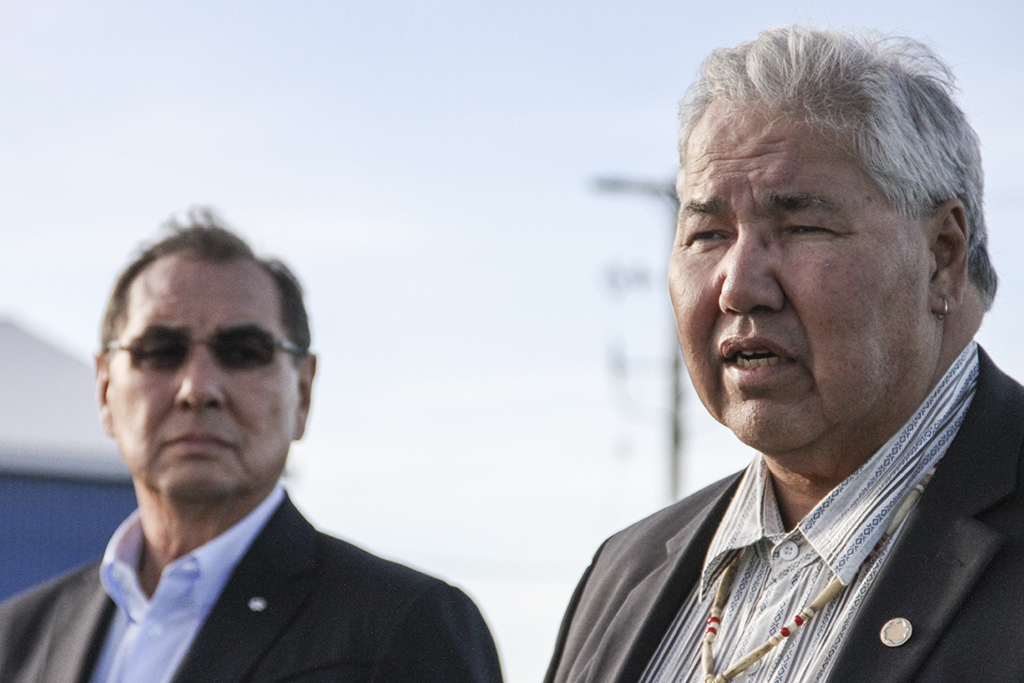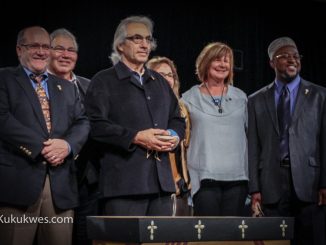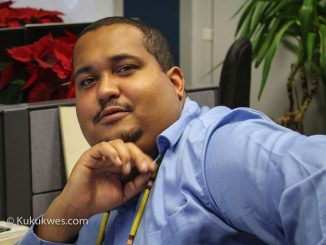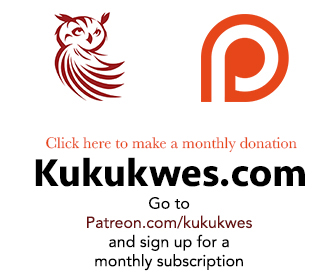
I didn’t learn anything about the Indian residential school system when I went to school in Nova Scotia in the 1970s and ’80s. In fact, I didn’t learn much about aboriginal history and culture in school at all.
That’s not to say I knew nothing about residential schools or my own Mi’kmaq culture and heritage. I grew up on the Indian Brook First Nation, the province’s second largest Mi’kmaw community, near Shubenacadie, so I was connected to my culture and history in that sense.
However, I always found myself trying to explain what I knew about my culture and history to my classmates as a way to dispel the negative and erroneous stereotypes they held about the Mi’kmaq and other aboriginal peoples. The task, at times, was daunting because Canadian history from an aboriginal perspective wasn’t being taught in the schools I attended as a child and teenager. That didn’t change much as I moved on from high school to university.
As for residential schools, I only learned what happened there by listening to my parents’ cousins from Cape Breton talk about their own experiences at the Shubenacadie Indian Residential School, or the “ressie” as they called it. I recall them telling stories about the beatings, the name-calling, the racism and the neglect at the hands of the priest and nuns who ran the school for the federal government.
If it weren’t for these relatives talking about their experiences at my parents’ kitchen table, I never would have known they were beaten as children for speaking Mi’kmaq and called racist and cruel names for simply being Mi’kmaq.
I carried those stories with me well into adulthood. In the early years of my career as a journalist, I always felt it was my obligation to make sure they were reflected in my news coverage. For me, it was my way of making sure someone, somewhere would learn something about the horrible abuse that happened at places like the Shubenacadie Indian Residential School.
Earlier this month, the Truth and Reconciliation Commission released its report after hearing those same stories I had heard throughout my childhood from former students who spoke about the physical, psychological and sexual abuse they suffered at the hands of individuals who ran those schools.
The commission’s chair, Justice Murray Sinclair, called what happened at residential schools “cultural genocide.” Aboriginal children who attended were stripped of their culture, heritage and language in the federal government’s attempt to take the “Indian out of the child.”
The commission made 94 recommendations or “calls to action” to ensure that all Canadians know about the history, culture and diverse languages of aboriginal peoples, including the harmful legacy of cultural genocide that occurred in those schools.
Some of the recommendations target all levels of government, but call on the federal government in particular to provide the resources needed to educate people such as social workers who work in child welfare, health-care professionals, lawyers and public servants about aboriginal peoples’ history, the impacts of residential schools, the United Nations Declaration on the Rights of Indigenous Peoples, the treaties, aboriginal rights and indigenous teachings and practices.
It also calls for “culturally appropriate curricula” and aboriginal languages courses be taught in schools and at universities. The commission wants law schools to make it a requirement for law students to take a course in aboriginal people and the law. It even calls upon journalism schools to incorporate the history of aboriginal people in its curriculum.
It’s an ambitious report. Almost all of the recommendations will require a great deal of money, time and dedication to be implemented in a meaningful way.
For me, I see it as an investment in creating a better relationship between aboriginal people and other Canadians. My people’s history is an important part of all Canadians’ history. It deserves to be taught on an equal footing with the rest of Canadian history.
I see some of this already happening in my community where Mi’kmaq culture, history and language is taught at L’nu Sipuk Kina’muokuom (LSK School) in Indian Brook. I would like to see that same sort of approach implemented in all schools in the province.
It is my hope that the children already learning about Mi’kmaq history and culture in schools will eventually lead the way toward a better relationship with Canada within the next 20 to 30 years.




